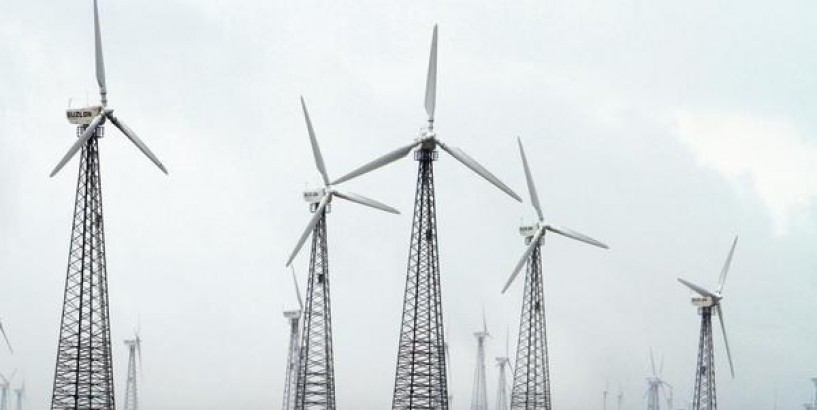MUMBAI: State-run Union Bank of India has tagged Suzlon Energy Ltd as a bad loan and more banks are expected to follow suit as the stressed wind turbine maker has struggled to repay its lenders, two people aware of the development said.
In the quarter ended 30 June, Union Bank has updated the status of the account as non-performing in the central bank’s Central Repository of Information on Large Credits database, said one of the two people cited above.
“Union Bank had to classify Suzlon as a bad loan after repayments were delayed by over 90 days," the person said on condition of anonymity. The credits database is a repository of borrower-wise data on loan status.
Last week, Suzlon’s consortium of lenders initiated work on a resolution plan for the firm and one of the rescue plans could involve Canadian asset manager Brookfield Asset Management, as Bloomberg reported on 11 July, offering to buy a majority stake in the wind turbine maker.
The bad loan tag by one of Suzlon’s lenders will force other Indian banks to set aside money to cover potential losses on their exposure to the firm. It will also add to the ₹ 9.49 trillion pile of bad loans on their books as of 31 March. Last week, Suzlon also missed a deadline to pay $172 million due to foreign currency convertible bondholders.
“While Union Bank’s exposure is a little over ₹ 70 crore and not that large, it will be incumbent upon other members of the consortium to declare it an NPA as well," the second person said, confirming the NPA classification.
Under RBI’s asset classification guidelines, banks have to set aside 15% of their outstanding loans to a non-performing account as provisions. To be sure, banks have to set aside money for every loan they make, but the quantum is just 0.4% till it remains standard.
Loans are classified into three major categories: standard, substandard and doubtful, depending on their repayment trends.
Emails sent to Suzlon, Union Bank of India and State Bank of India, the leader of the lenders’ consortium to Suzlon, remained unanswered till the time of going to press.
The Pune-based company, led by founder Tulsi Tanti, reported a total debt of ₹ 11,141 crore as of 31 March.
On 16 July, Suzlon Energy said in a regulatory filing that it is working on a holistic solution for its debt and continues to be in discussions with stakeholders to repay its outstanding debt, including bonds. It also said that all its secured lenders have signed an inter-creditor agreement for the company’s debt resolution.
The central bank had, under former governor Raghuram Rajan, in FY16 conducted an asset quality review to standardize asset classification across banks. “An alternative approach is to try to put the stressed project back on track rather than simply applying band aids. This may require deep surgery," Rajan said in a speech on 11 February 2016.
Other lenders to Suzlon include Bank of India, Bank of Baroda, Central Bank of India, IDBI Bank and Punjab National Bank.
This isn’t the first time Suzlon has defaulted on bonds. In 2012, it defaulted on payments of $221 billion, forcing the firm into corporate debt restructuring. In the year ended 31 March, it reported a loss of ₹ 294.64 crore. Total consolidated income from operations declined to ₹ 1,450.47 crore in the quarter ended 31 March from ₹ 2,189.18 crore in the year-ago period.
As Mint reported on 17 July, Suzlon’s turnaround seems tough at a time the industry itself is facing challenges in terms of thinning government tenders and delayed payments from state power distribution utilities.
The payment cycle for private power developers has worsened in states such as Andhra Pradesh, where accounts receivable were due for 8-10 months in March from 4-5 months a year ago. In Tamil Nadu, the period is over nine months now, hitting the liquidity profile of several wind power developers.









